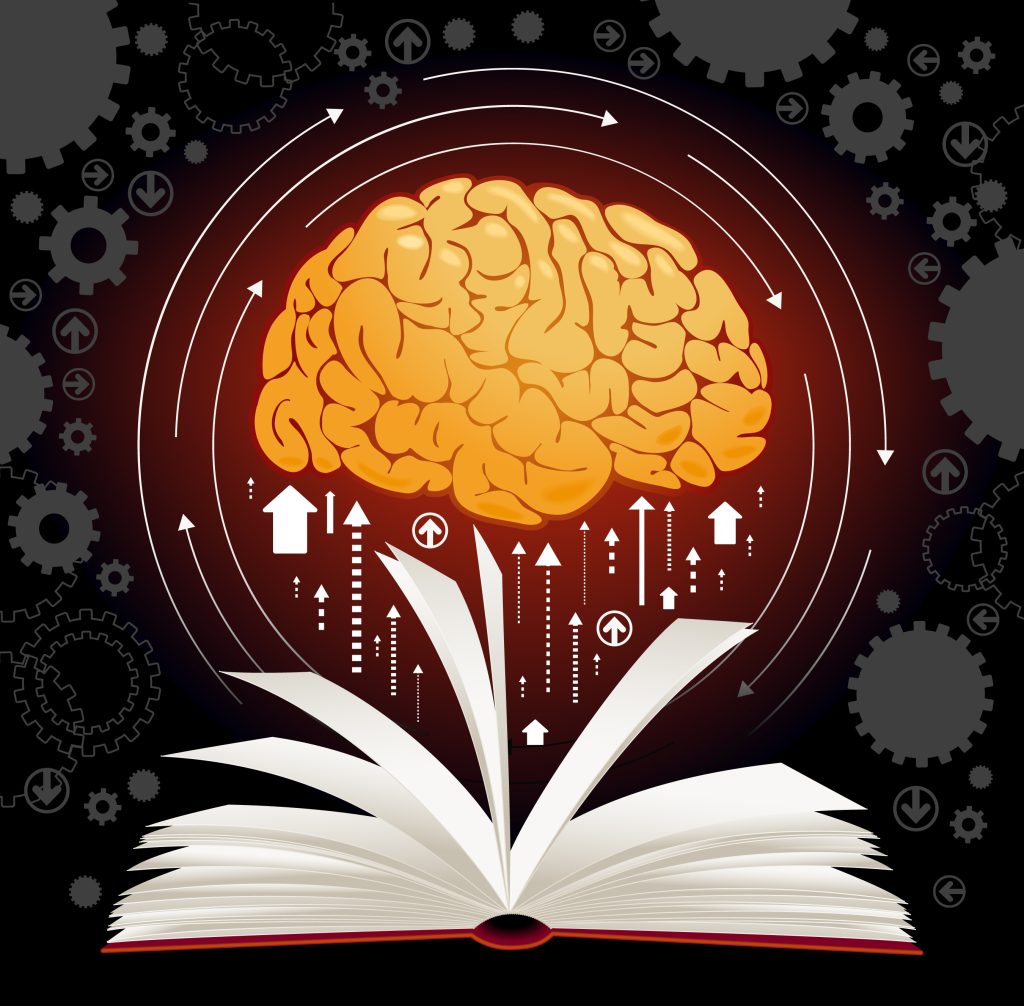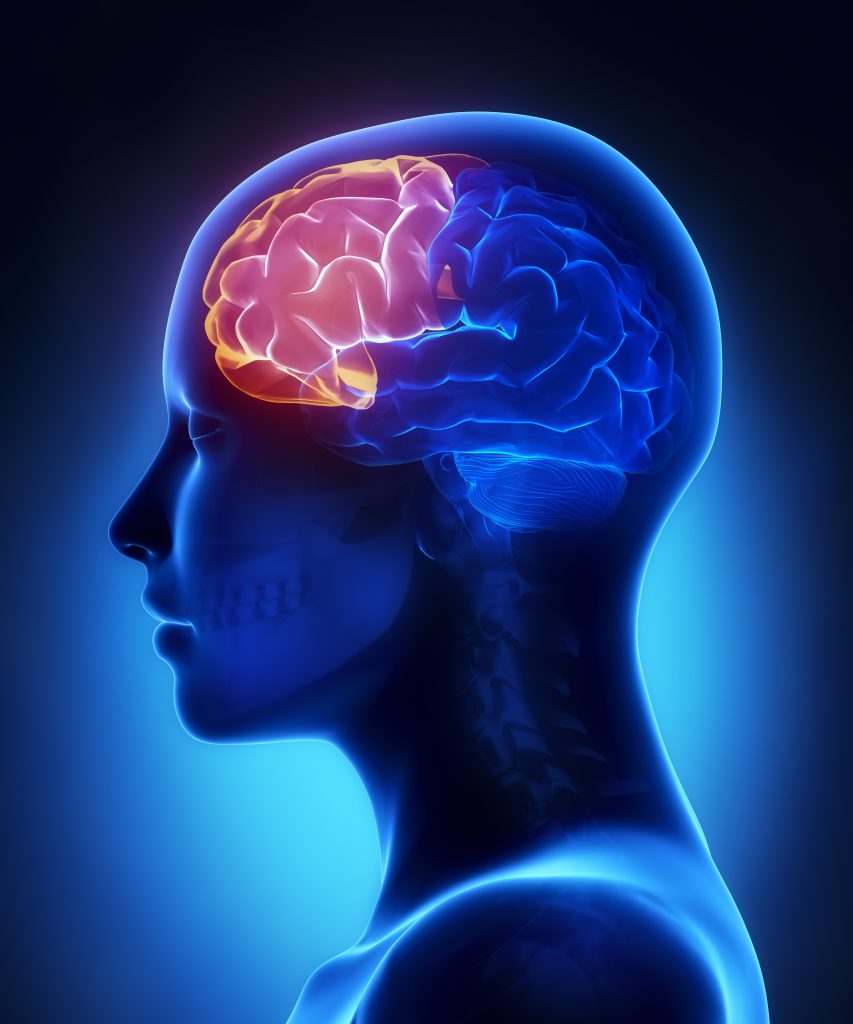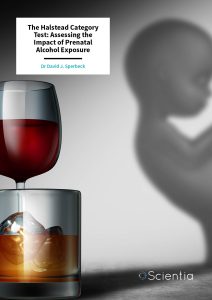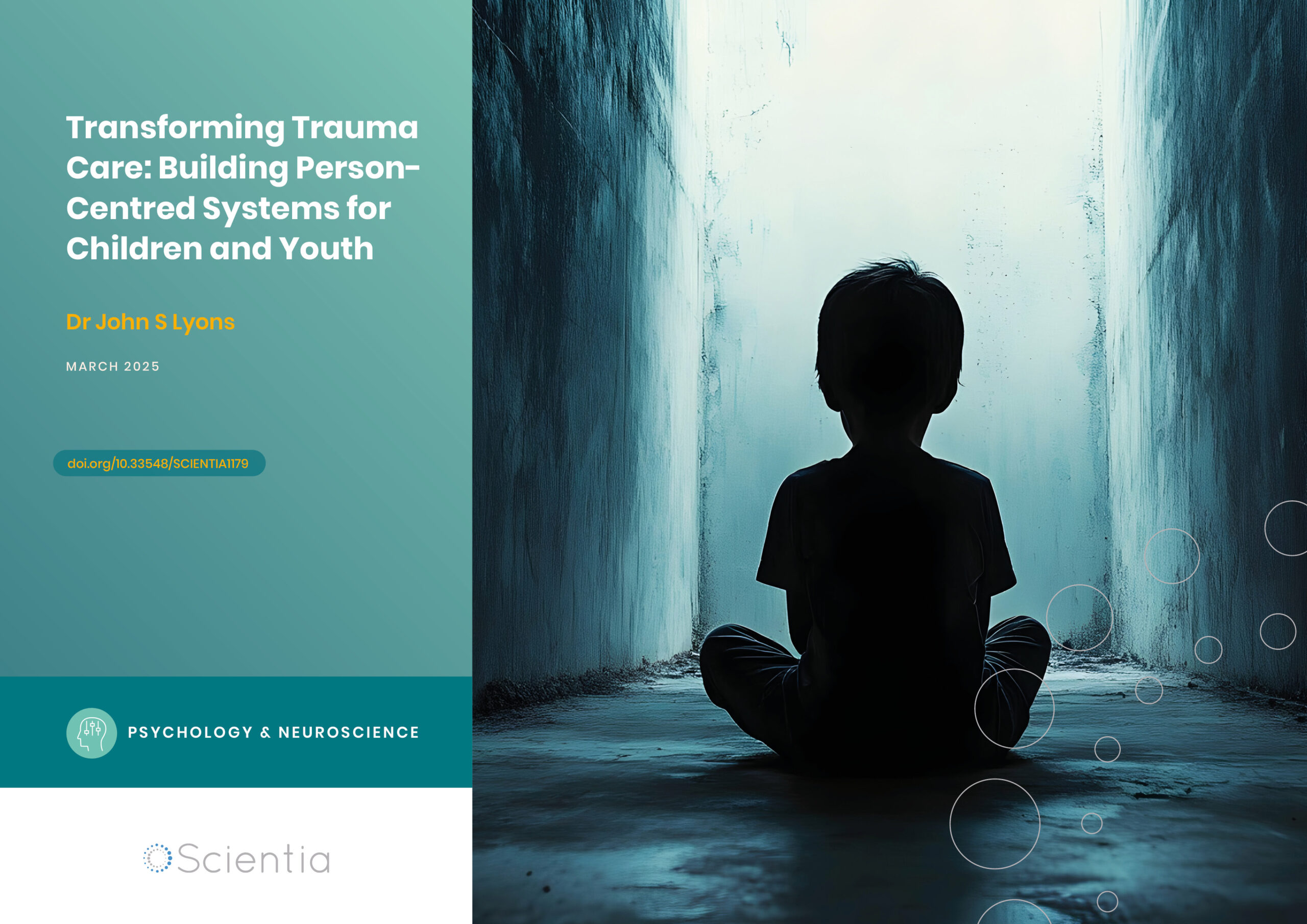Psychologist Dr David Sperbeck | The Halstead Category Test: Assessing the Impact of Prenatal Alcohol Exposure
Children who have been exposed to alcohol while still in the womb often show impairment in executive function – the cognitive domain underpinning diverse skills including attention, memory, learning and self-control. Psychologist Dr David Sperbeck, PhD, has investigated whether a commonly used neuropsychological assessment – the Halstead Category Test – can effectively measure cognitive impairment in this vulnerable group of children. His findings confirm the utility of the measure and also offer important hope for children affected by alcohol prenatally.
Prenatal Alcohol Exposure
When babies are exposed to alcohol prenatally, this can have a significant impact on their brain development, leading to impaired learning, memory, language and social skills. These deficits may lead to the diagnosis of a condition known as Foetal Alcohol Spectrum Disorder (FASD), which can negatively affect children’s social adjustment and impair their readiness for school. FASD is a global concern, found in over 1% of children across 76 different countries. This highlights the need for reliable assessment protocols, preventative measures, and initiatives with the potential for universal application.
Whilst prenatal alcohol exposure has been found to cause sensory and behavioural disorders, little is known about how these disorders develop over time. Dr David Sperbeck, former Clinical Professor of Psychiatry and Behavioural Sciences at the University of Washington School of Medicine, is working to improve the clinical assessment and identification of cognitive impairment caused by prenatal alcohol exposure. He also aims to measure how performance may change and develop over time for those who have had this exposure.
His research investigates whether a computer-administered test known as the Halstead Category Test (HCT), can reliably and accurately measure paediatric cognitive impairment in those exposed to alcohol in the womb. After several years of using the HCT in his clinical practice at the North Star Paediatric Behavioural Health Hospital in Alaska, Dr Sperbeck saw that persistently low HCT performance would help identify prenatal alcohol exposure in cases where cognitive impairment was observable but alcohol consumption during pregnancy had been denied by parents or guardians.

The Halstead Category Test
The HCT can detect impairment in the prefrontal lobe, an area of the brain that is linked to a variety of complex behaviours. It was originally developed in 1947 by Dr Ward Halstead to measure abstract reasoning, which is our ability to understand or solve complex issues using unfamiliar information. It has since been used to test executive functions such as concentration, visuospatial ability and deductive reasoning. It is a comprehensive test which is mainly nonverbal and involves participants reviewing 168 items of varying difficulty, split across six subsections.
Prior research has been undertaken using an abbreviated version of the HCT that only contains 68 items. This study aimed to compare the performance of children with traumatic brain injury with that of those with Attention Deficit Hyperactivity Disorder (ADHD). The results revealed no significant differences between the two groups. In fact, the participants’ scores were found to be in the normal range. The researchers felt the lack of sensitivity shown by this version of the HCT may be due to its reduced length.
More recently, research has been undertaken to assess the effectiveness of the HCT in measuring the cognitive performance of children who have been exposed to alcohol within the womb. This study involved two different age groups, younger children (5–7 years old) and adolescents (10–16 years old). As a control measure, children who had no previous prenatal alcohol exposure were included across both age groups.
Those with prenatal exposure obtained lower scores than children who had not been exposed to alcohol. These results were consistent across both age groups and are also what Dr Sperbeck had expected given his extensive experience using the HCT in clinical practice. Interestingly, adolescents in the slightly older group scored more poorly than the younger children. Understanding how scores on the HCT may change with age was noted by Dr Sperbeck to be the critical next step.
Keen to overcome some of the methodological flaws of earlier studies, Dr Sperbeck used the longer version of the test and sought to study a larger and more clinically representative group of children. He hypothesised that children with prenatal alcohol exposure or prior cognitive impairment would show a higher number of errors on the HCT than unimpaired children, across all age groups. He did not expect any variation between ethnic categories due to the test being largely non-verbal. Dr Sperbeck also hypothesised that in line with prior studies, errors would decline with age. Therefore, he expected older children to make fewer errors, on average, than younger children.

The Alaskan Context
This research took place in Alaska, a geographically large area comprising urban, rural and remote communities. This means that some of the population are unable to access routine medical, psychiatric and behavioural health services. As a result, Alaska experiences some of the highest foetal alcohol syndrome as well as accidental childhood brain trauma and infant mortality. For over a decade, Dr Sperbeck served as the Chief Paediatric Neuropsychologist at North Star Behavioural Health Hospital in Anchorage, Alaska. All the children who took part in the research had been admitted to this facility which is Alaska’s only inpatient paediatric behavioural health hospital.
The children who took part were aged 9 to 17 years old. There was a mix of ethnicities representing the different communities living in Alaska, with the majority of the 813 children being either Caucasian or Alaska Native/American Indian. The participants were split into three different groups. The first group of children had already been classified as prenatally exposed to alcohol. There was a higher percentage of Alaska Native and American Indians within this group, consistent with previous prevalence studies. The second group had a history of cognitive impairment, but no links had been made to alcohol exposure. The remaining group had normal cognitive functioning and no history of prenatal alcohol exposure.

Offering Hope for the Future
Importantly, the results demonstrated that the HCT could distinguish between children who had experienced prenatal alcohol exposure, those with cognitive impairment, and those with normal functioning. This confirmed the sensitivity and appropriateness of the test in these groups of children. As predicted by Dr Sperbeck, children with foetal exposure and cognitive impairment were more likely to have higher error scores on the HCT, across all age groups.
Also as predicted, better executive function was recorded in older children across all three study groups. Dr Sperbeck believes these data suggest that over time there may be improvements in executive functioning for children who have cognitive impairments, as well as those who don’t. This critical finding of improved performance throughout development offers important hope for the futures of children affected by alcohol exposure. Although there is no specific treatment for prenatal alcohol exposure, the possibility that those affected have the ability to improve their cognitive performance over time due to neural plasticity and an enriched learning environment.
Dr Sperbeck’s findings were also in contrast with prior research using a shorter version of the HCT test in which the HCT was not sensitive enough to detect higher error rates for cognitively impaired children. Thus, Dr Sperbeck has shown that the longer version is a much more sensitive measure. Furthermore, his large sample of participants not only provides robust results that we can have confidence in but also can serve as a normative sample for future research and clinical application.
Finally, the HCT was found to be statistically unbiased, meaning it was not influenced by gender or ethnicity. The nonverbal nature of the test likely helped make it more culturally fair and Dr Sperbeck emphasizes that such measures must be appropriate for global use.

A Sensitive, Fair and Reliable Measure
Dr Sperbeck believes further studies should take a longitudinal approach, observing children throughout childhood and adolescence. This study was cross-sectional in design, meaning that the children were assessed at a single given point in time, but nonetheless confirmed the robustness of the HCT.
Overall, results from the study provide strong support for the use of the HCT as a sensitive, fair, and reliable test for assessing the executive function of children aged 7 to 19 years old. It highlights the importance of using an easily administered and evidence-based test for these vulnerable children. This research also raises awareness around the ongoing need for education, support, and prevention programmes to help reduce prenatal alcohol exposure, especially in regions such as Alaska.
SHARE
DOWNLOAD E-BOOK
REFERENCE
https://doi.org/10.33548/SCIENTIA900
MEET THE RESEARCHER

Dr David J. Sperbeck
P.O. Box 112035
Anchorage, AK
USA
Dr David Sperbeck completed his Doctorate in Clinical Psychology at the University of Rochester in New York. He then served as a Forensic and Clinical Neuropsychologist for the state of Alaska from 1982 to 2005 and then the Chief of Paediatric Neuropsychology Services at North Star Behavioural Health Hospital in Anchorage, Alaska, until 2019. He was appointed Clinical Professor of Psychiatry at the University of Washington School of Medicine from 1985 to 2020. Dr Sperbeck currently works in private practice, where in addition to consulting, he provides threat assessment, law enforcement and clinical supervision services. Over the course of his career, he has authored more than 150 papers relating to neurodevelopmental disorders and the assessment of these.
CONTACT
E: djsperbeck@outlook.com
KEY COLLABORATORS
Susan K. Whitbourne, PhD (UMASS-Amherst)
Mark Zelig, PhD (private practice)
Paul Craig, PhD (private practice)
FURTHER READING
DJ Sperbeck, SK Whitbourne, M Zelig, et al., Halstead Category Test sensitivity to neurocognitive deficits in prenatal alcohol exposed and cognitively impaired children, Child Neuropsychology, 2021, 27(7), 984–994. DOI: https://doi.org.10.1080/09297049.2021.1936474
REPUBLISH OUR ARTICLES
We encourage all formats of sharing and republishing of our articles. Whether you want to host on your website, publication or blog, we welcome this. Find out more
Creative Commons Licence (CC BY 4.0)
This work is licensed under a Creative Commons Attribution 4.0 International License. 
What does this mean?
Share: You can copy and redistribute the material in any medium or format
Adapt: You can change, and build upon the material for any purpose, even commercially.
Credit: You must give appropriate credit, provide a link to the license, and indicate if changes were made.
SUBSCRIBE NOW
Follow Us
MORE ARTICLES YOU MAY LIKE
Can Your Personality Shield Your Mind From Ageing? How being open to new experiences might protect against cognitive decline as we age
Many of us have witnessed the troubling effects of ageing on the mind in older friends or family members – the forgotten names, the misplaced keys, the struggle to solve problems that once seemed simple. For decades, scientists have accepted cognitive decline as an inevitable part of growing older. But what if our personality could protect us from some of these changes? A remarkable 25-year study by Dr David Sperbeck, a neuropsychologist at North Star Behavioral Health Hospital in Alaska, has uncovered compelling evidence that certain personality traits might act as a shield against age-related cognitive decline.
Dr Alexander Scholze | Digital Transformation in the Workplace: Navigating the Balance Between Demands and Resources
What if your digital tools, designed to help you, became the very reason for your burnout? In today’s rapidly evolving digital landscape, organisations face the challenge of implementing technological changes while safeguarding employee well-being. Dr Alexander Scholze has developed a theoretical framework that comprehensively examines how digitalisation affects workplace dynamics, particularly focusing on job demands and resources. His research offers valuable insights for organisations seeking to harness the benefits of digital transformation while mitigating potential negative impacts on employee health and motivation.
Diana Gerson – Dana Humaid Al Marzooqi | Protecting the Faith and Well-being of Displaced Children
In an era marked by increasing global upheaval, the world faces an unprecedented humanitarian challenge: nearly half of the world’s 117 million displaced people are children under 18. This stark reality has prompted researchers to examine not just the physical and emotional toll of displacement but also its profound impact on children’s spiritual and religious well-being. A groundbreaking study led by Diana Gerson and Dana Humaid Al Marzooqi at the Global Advocacy Hub for Children and Families has unveiled critical gaps in current humanitarian frameworks, particularly regarding protecting displaced children’s religious identity and spiritual welfare.
Dr John Lyons | Transforming Trauma Care: Building Person-Centred Systems for Children and Youth
Particularly in the absence of effective interventions and supports, traumatic experiences in childhood can have profound and lasting impacts on mental and physical health. Dr John Lyons from the University of Kentucky is part of a dedicated community of researchers working to improve trauma-informed care for children and young people. His innovative approach, called Transformational Collaborative Outcomes Management, is helping to create more effective, person-centred systems that can better support those affected by trauma and improve long-term outcomes.





